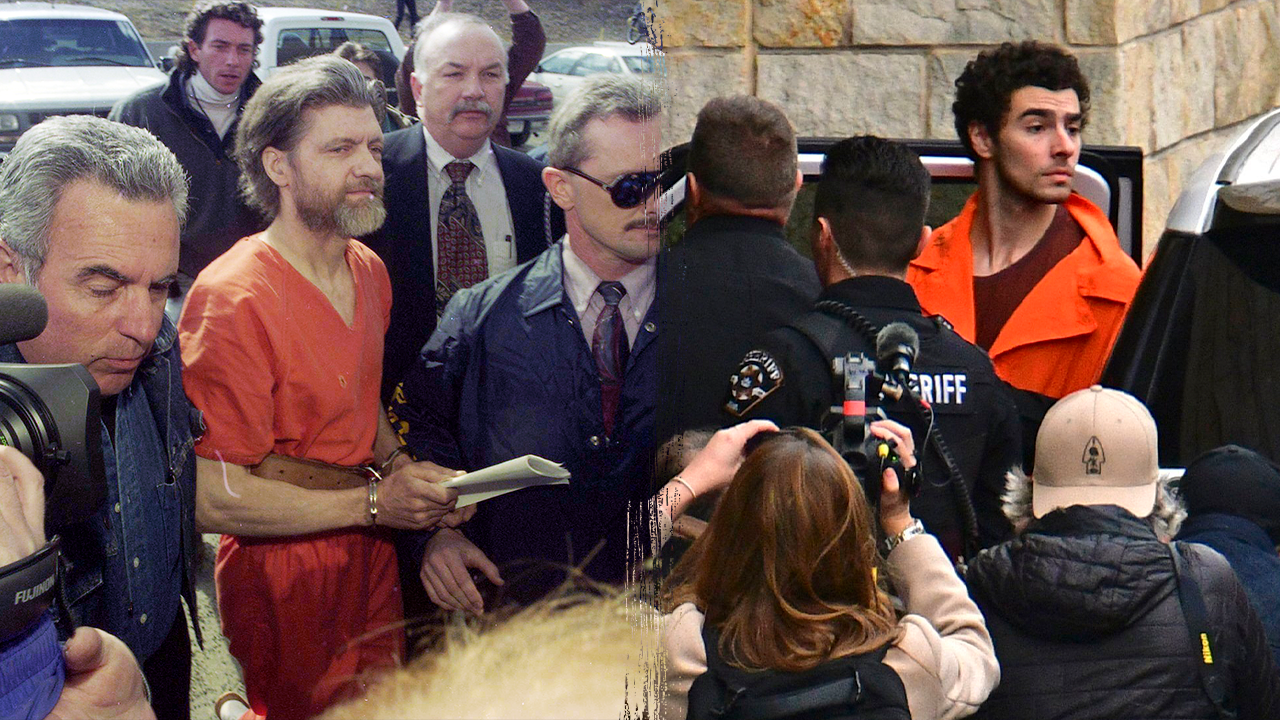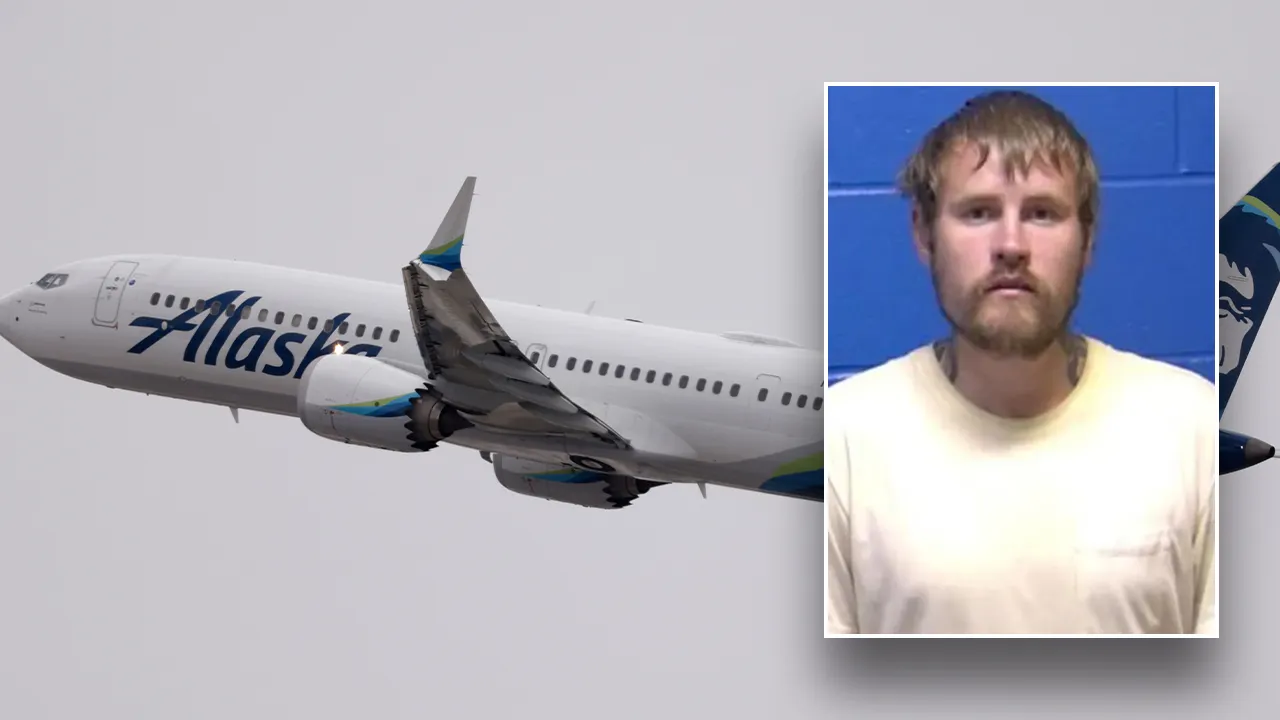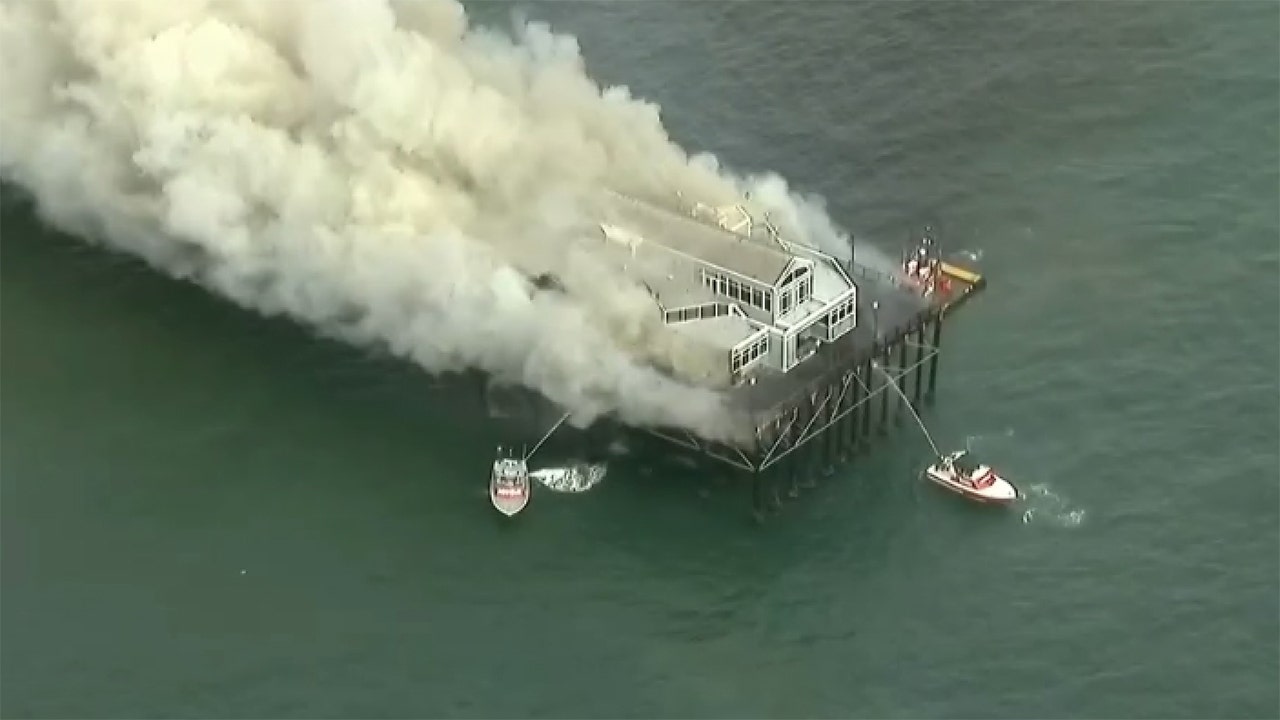As a spring tide rushed out of Baltimore harbor just after midnight on Tuesday, the hulking outlines of a cargo ship nearly three football fields long and stacked high with thousands of containers sliced through frigid waters toward the Francis Scott Key Bridge.
The vessel, the Dali, was a half-hour into its 27-day journey from Baltimore to Colombo, Sri Lanka.
Then the lights on the Dali went dark. The crew urgently reported to local authorities that they had lost power and propulsion. The ship bore down on the bridge.
In a scene captured from a livestreaming camera, the ship smashed into a pillar of the bridge with so much force that the massive southern and central spans of the bridge collapsed within seconds.
A highway repair crew was on the structure, working the night shift, filling potholes. At least eight members of the construction crew plunged into the 50-foot-deep Patapsco River below.
Six people were presumed dead as officials suspended the search-and-rescue effort on Tuesday night.
“Based on the length of time we’ve gone in this search, the extensive search efforts that we’ve put into it, the water temperature, that at this point we do not believe we are going to find any of these individuals still alive,” Coast Guard Rear Adm. Shannon Gilreath said.
Two construction workers were rescued from the water; one went to the hospital and was later released.
The shocking collapse of the 1.6-mile bridge, seared into the memories of the countless people who viewed video of the ship bearing down on the bridge, was described by officials as an accident.
“We haven’t seen any credible evidence of a terrorist attack,” said Gov. Wes Moore of Maryland, who praised the work of quick-acting officials who rushed to stop traffic from entering the doomed bridge, mitigating what could have been a far deadlier disaster.
President Biden announced that the Port of Baltimore would be closed indefinitely. Although ranked only the 17th biggest port in the nation overall in 2021, it specializes in vehicles — the port ranks first in the United States for the volume of automobiles and light trucks — and experts said its closure could affect deliveries, including of farm and construction machinery.
Around the world, about 40 ships, including 34 cargo vessels, had Baltimore listed as a destination on Tuesday, including 10 commercial ships with anchors dropped in nearby waters, according to MarineTraffic, a maritime data platform that tracks ships.
The Key Bridge, which experts said would take years to replace, was a major north-south artery, and its collapse wiped out a roadway that tens of thousands of people used to travel to and from Baltimore every day. The bridge carried more than 12.4 million commercial and passenger vehicles in 2023, according to a Maryland state government report issued last November.
President Biden called the bridge “one of the most important elements” supporting the U.S. economy in the northeast and said he expected the federal government to pay for the “entire cost” of bridge repairs.
Jennifer Homendy, chairwoman of the National Transportation Safety Board, said that the agency would lead the investigation into the cause of the bridge collapse.
A construction company employee who labored alongside the six men who were presumed dead said many of his co-workers were migrants working to support their relatives.
“We’re low-income families,” said the worker, Jesus Campos. “Our relatives are waiting for our help back in our home countries.”
Divers were expected to return to the water on Wednesday morning to try to recover the bodies.
The collapse of the bridge, which opened in 1977 and is named after Francis Scott Key, the Maryland-born author of the American national anthem, raised questions about what caused the ship to lose power at a critical moment, about the procedures of guiding massive vessels out of the harbor and whether the design of the bridge made it more susceptible to collapse.
Details were emerging late Tuesday about the moments before the crash.
A harbor pilot and an apprentice were on the ship as it navigated out of the Port of Baltimore, said Clay Diamond, the executive director of the American Pilots Association. He said he was told by the Maryland pilots’ group that the vessel had a “complete blackout” a few minutes before the crash and never regained propulsion power.
Mr. Diamond said the pilot in command of the ship, who had more than 10 years’ experience, ordered that the vessel be turned as much as possible to the left and that the port anchor be dropped, in what turned out to be an unsuccessful effort to halt the vessel’s drift toward the bridge.
Experts debated the nautical details of the ship’s departure. The Dali was exiting the harbor as a spring tide was rushing out. The moon was still almost completely full, having reached its fullest less than 24 hours earlier.
Full moons in springtime are associated with some of the largest tidal changes in local sea level. And while Baltimore’s harbor experiences fairly small changes even during springtime full moon tides, the tidal movements of water could have been a factor in the bridge impact.
“The ebbing tide increases the speed of the water seaward, which effectively has a cumulative effect on the speed of an outbound vessel, and any currents in the water could also have complicated navigation,” said Basil M. Karatzas, the chief executive of Karatzas Marine Advisors, a ship inspection company in New York.
The Dali, which was operating under the Singaporean flag, had two pilots onboard — local specialists who guide vessels in and out of harbors — according to a statement by its owners, Grace Ocean Investment. There were no injuries reported to the harbor pilots or the other 22 crew members on board, the Maritime & Port Authority of Singapore said in a statement.
Before heading off on its voyage, the Dali had returned to the United States from Panama on March 19, harboring in New York. It then arrived on Saturday in Baltimore, where it spent two days in the port.
Maersk, the shipping giant, said in a statement on Tuesday that it had chartered the vessel, which was carrying Maersk cargo.
The Dali was built in 2015 by the South Korea-based Hyundai Heavy Industries. The next year, the ship was involved in a minor incident when it hit a stone wall at the port of Antwerp. The Dali sustained damage at the time, but no one was injured.
An inspection of the Dali last year at a port in Chile reported that the vessel had a deficiency related to “propulsion and auxiliary machinery.” The inspection, conducted on June 27 at the port of San Antonio, specified that the deficiency concerned gauges and thermometers. It is unclear whether the problems were fixed or if they played any role in the accident.
The Dali has had 27 inspections since 2015, according to a database maintained by Equasis.
While the collapse of the Francis Scott Key was one of the most dramatic bridge crashes in U.S. history, it was not the most deadly.
In 1993 a towboat struck a rail bridge in Alabama on a foggy September morning and threw the train tracks out of alignment on the Big Bayou Canot Bridge. Minutes later, an Amtrak passenger train derailed as it crossed the water, killing 47 people.
In May 1980, the Sunshine Skyway near St. Petersburg, Fla., was struck by a phosphate freighter in a storm, causing a 1,200-foot steel section to collapse and sending a Greyhound bus, at least five cars and a pickup truck plunging 154 feet into the water. Thirty-five people died.
Engineers who viewed the footage of the bridge collapsing on Tuesday wondered whether the total collapse might have been avoided if the pylons had been equipped with blocking devices known as fenders.
And they said they were not surprised that the structure came down so quickly.
Sanjay R. Arwade, a professor of civil engineering at the University of Massachusetts Amherst, said that if the vessel had taken out one of the bridge’s support piers, as it appeared to have done, a collapse would be almost inevitable.
“For any long-span bridge,” he said, “the complete loss of one of the piers is going to be catastrophic.”
Transportation Secretary Pete Buttigieg, speaking at a news conference near the site, called the bridge “one of the cathedrals of American infrastructure.”
He described the collapse as a “unique circumstance.”
“I do not know of a bridge that has been constructed to withstand a direct impact from a vessel of this size,” he said.
Reporting was contributed by Nicholas Bogel-Burroughs, Keith Bradsher, Michael D. Shear, Katie Rogers, Mike Baker, Patricia Mazzei and Peter Eavis.






